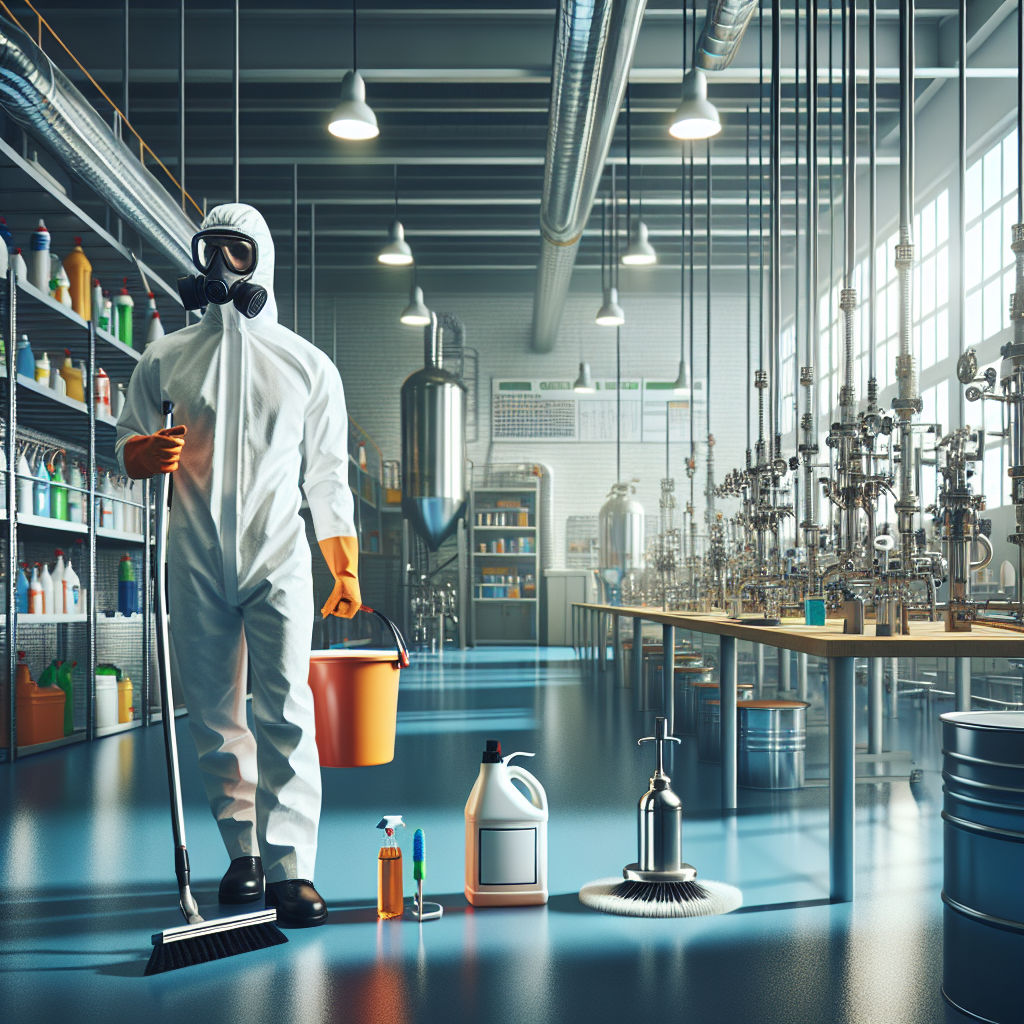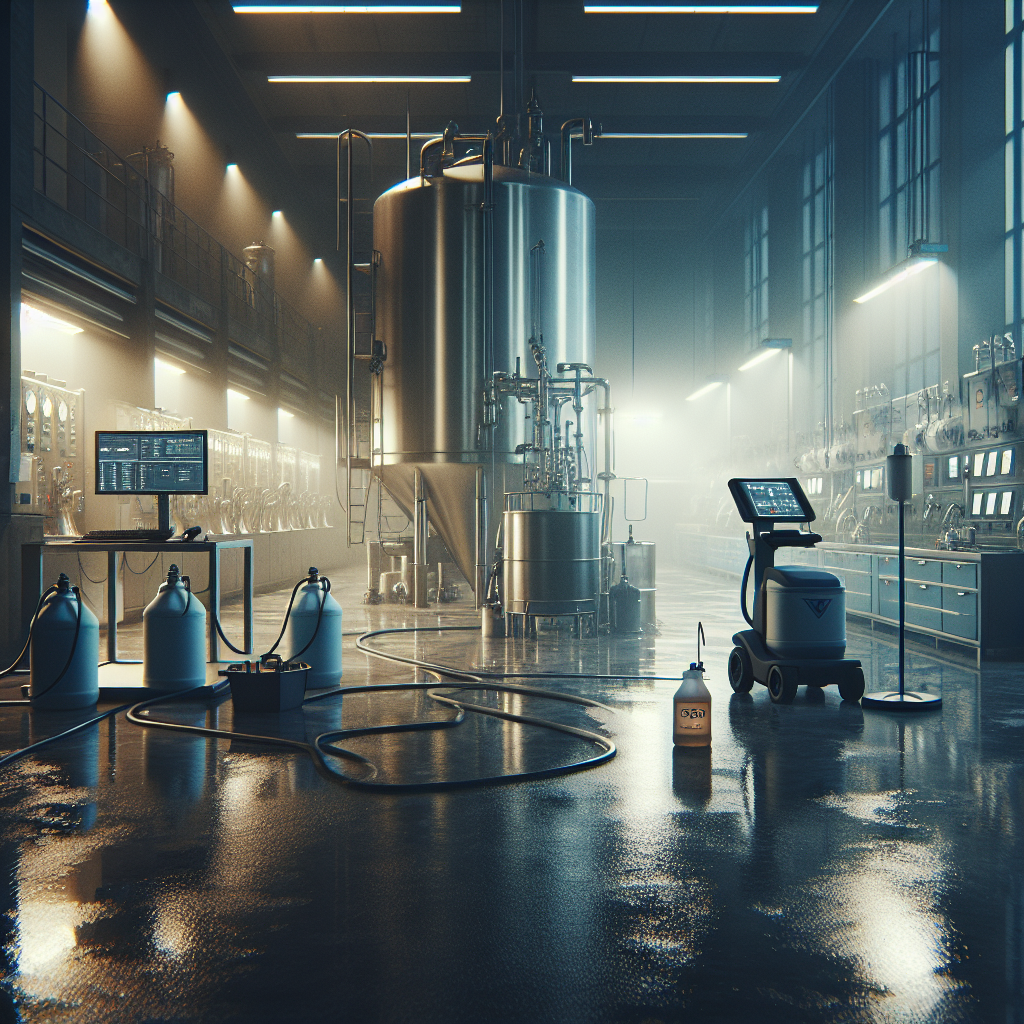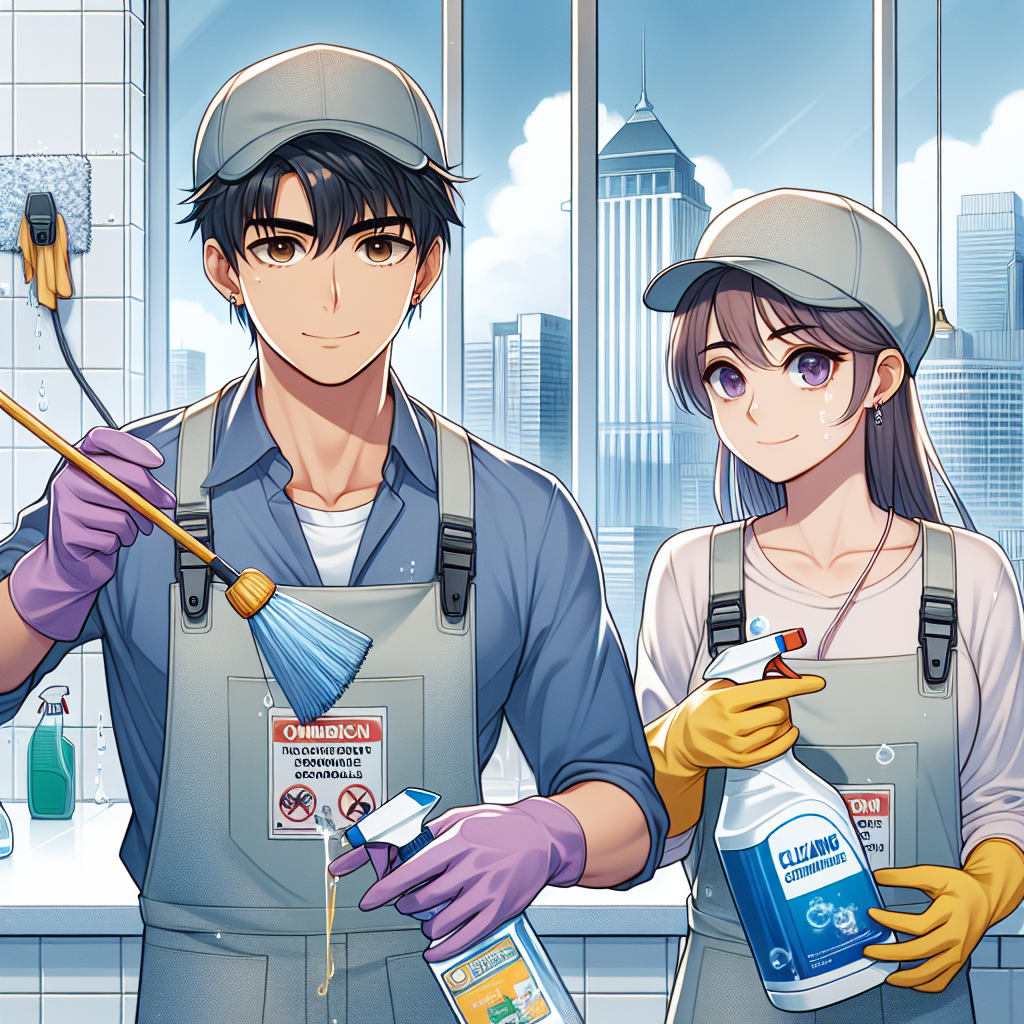Discover the importance of chemical compatibility in the cleaning industry with our latest blog post. Learn how understanding the interactions between different cleaning chemicals can enhance safety, effectiveness, and overall work environment wellness. Uncover why mixing incompatible chemicals can lead to hazardous outcomes like toxic fumes and fires, emphasizing the need for vigilance in product selection and usage. Gain valuable tips for ensuring chemical compatibility, such as reading labels, implementing color-coding systems, and conducting spot tests. Remember, a small effort in checking compatibility can prevent significant harm and promote a safer cleaning environment for all involved. Upgrade your cleaning practices and safeguard your workspace with essential knowledge on chemical compatibility.
Chemical compatibility is a crucial aspect of safe cleaning practices that every professional in the industry should be well-versed in. Understanding how different chemicals interact with each other can prevent accidents, ensure the effectiveness of cleaning solutions, and ultimately contribute to a safer work environment.
Why Does Chemical Compatibility Matter?
When it comes to cleaning, using the wrong combination of chemicals can lead to hazardous reactions. Mixing incompatible chemicals can result in toxic fumes, fires, explosions, or other dangerous situations. This is why it is essential to pay attention to chemical compatibility to protect both yourself and the surfaces you are cleaning.
Remember, just because two chemicals work well on their own does not mean they are safe to mix. Always check the compatibility of cleaning products before using them together.
Tips for Ensuring Chemical Compatibility
- Read the labels: Always carefully read the labels on cleaning products to identify any warnings or specific instructions regarding mixing.
- Use color-coding: Implement a color-coding system for cleaning products to prevent accidental mixing of incompatible chemicals.
- Perform a spot test: Before using a new chemical or combination, test it on a small, inconspicuous area to check for adverse reactions.
"Taking the time to ensure chemical compatibility is a small effort that can prevent significant harm."
The Consequences of Ignoring Compatibility
Failure to consider chemical compatibility can have serious consequences. From damaging surfaces and equipment to posing health risks to individuals, the aftermath of mixing incompatible chemicals can be costly and dangerous. It is always better to be safe than sorry.
Remember, the goal of cleaning is to improve hygiene and safety, not compromise it. Prioritizing chemical compatibility is a proactive step towards achieving this goal.
Common Incompatible Chemical Combinations
Some chemical combinations are known to be particularly dangerous when mixed. For example, mixing bleach with ammonia can produce toxic chloramine vapors that can cause respiratory issues and other health problems. It is essential to be aware of these common combinations to avoid accidents.
When in doubt, refer to the manufacturer's guidelines or safety data sheets for detailed information on chemical compatibility.
The Importance of Proper Storage
Proper storage of cleaning chemicals is another critical aspect of maintaining chemical compatibility. Storing incompatible chemicals close to each other can increase the risk of accidental mixing. Always store chemicals according to their compatibility and follow any specific storage instructions provided by the manufacturer.
Organizing your cleaning supplies and chemicals effectively can prevent mix-ups and ensure a safer working environment.
Understanding and prioritizing chemical compatibility is a fundamental skill for every cleaning professional. By taking the necessary precautions and being mindful of the products you use, you can create a safer and more efficient cleaning routine.



